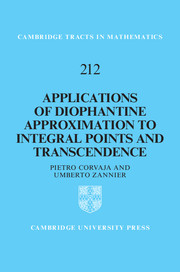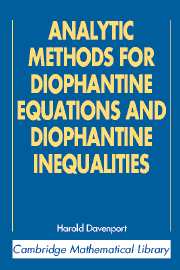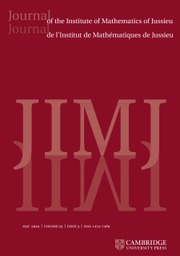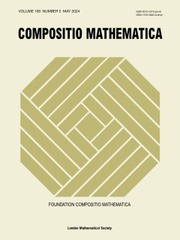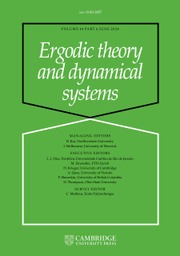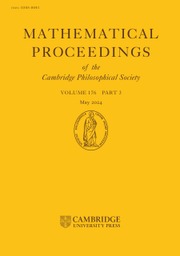Applications of Diophantine Approximation to Integral Points and Transcendence
This introduction to the theory of Diophantine approximation pays special regard to Schmidt's subspace theorem and to its applications to Diophantine equations and related topics. The geometric viewpoint on Diophantine equations has been adopted throughout the book. It includes a number of results, some published here for the first time in book form, and some new, as well as classical material presented in an accessible way. Graduate students and experts alike will find the book's broad approach useful for their work, and will discover new techniques and open questions to guide their research. It contains concrete examples and many exercises (ranging from the relatively simple to the much more complex), making it ideal for self-study and enabling readers to quickly grasp the essential concepts.
- Presents the essentials without overwhelming the readers with technical details
- Provides a great many examples and exercises to provide ideas for future research
- Contains new results and material that have never appeared in a book before, saving time for readers who previously had to search through journals
Reviews & endorsements
'Researchers new to Diophantine approximation and experts alike will find this volume to be an essential account of this time-honored subject.' Matthew A. Papanikolas, MathsSciNet
Product details
May 2018Hardback
9781108424943
208 pages
235 × 157 × 15 mm
0.4kg
2 b/w illus. 100 exercises
Available
Table of Contents
- Notations and conventions
- Introduction
- 1. Diophantine approximation and Diophantine equations
- 2. Schmidt's subspace theorem and S-unit equations
- 3. Integral points on curves and other varieties
- 4. Diophantine equations with linear recurrences
- 5. Some applications of the subspace theorem in transcendental number theory
- References
- Index.

